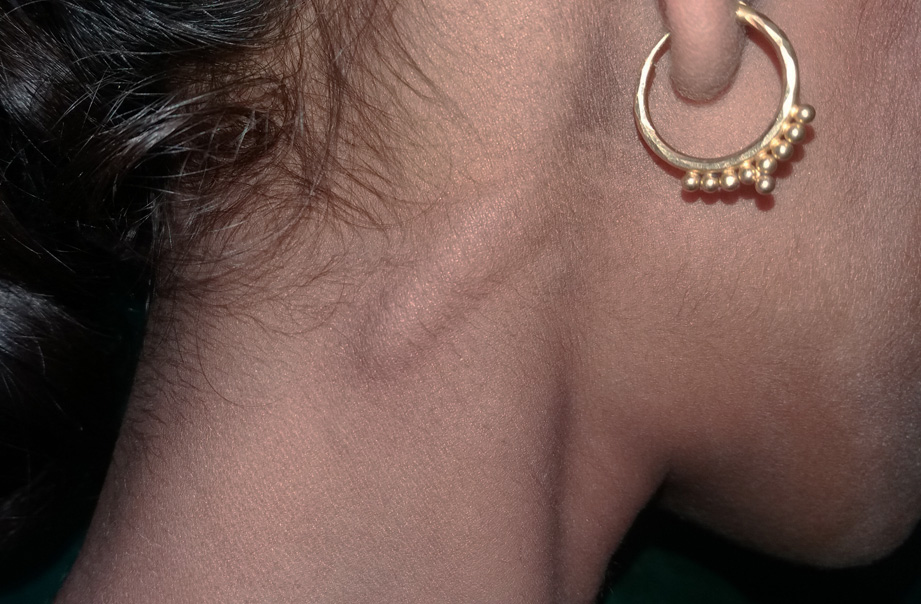Childhood leprosy. A retrospective analysis.

Downloads
DOI:
https://doi.org/10.26326/2281-9649.31.3.2261How to Cite
Abstract
The implications of leprosy detected in a child are numerous. Apart from making it mandatory to search for the source in the family, it indicates continued transmission of the disease in the community and thus poses a great hurdle in achieving the targets laid by World Health Organization (WHO) and National Leprosy Eradication Programme (NLEP) in the direction of leprosy elimination. In spite of an effective treatment and the tireless work of various government and non government organizations, the number of childhood cases have not drastically reduced. Elimination of childhood leprosy needs to get the highest priority, not only because of the physical deformities and disabilities but also because of the psychological trauma it causes due to the social stigma attached to it.
So we undertook a retrospective study of 5 years from 2015 to 2020 retrieved from the departmental data involving all diagnosed leprosy cases below 18 years of age and studied their clinical spectrum, histopathology and treatment outcomes.
In our study, the mean age at the time of diagnosis was 12.95 years. Borderline tuberculoid was the most common type of leprosy in 61.9% of cases. 19.04% had lepra reactions and 14.6% had deformities in the form of claw hand and nerve abscess.
The overall incidence of childhood cases was 17.07% that was much higher in comparison to the national figure of 6.87%, probably owing to the small sample size and as the study was conducted in an endemic area.
This study highlights the fact that leprosy, especially in children, appears to be far from the point of elimination and a stringent strategy is required to achieve the goal of its eradication.
